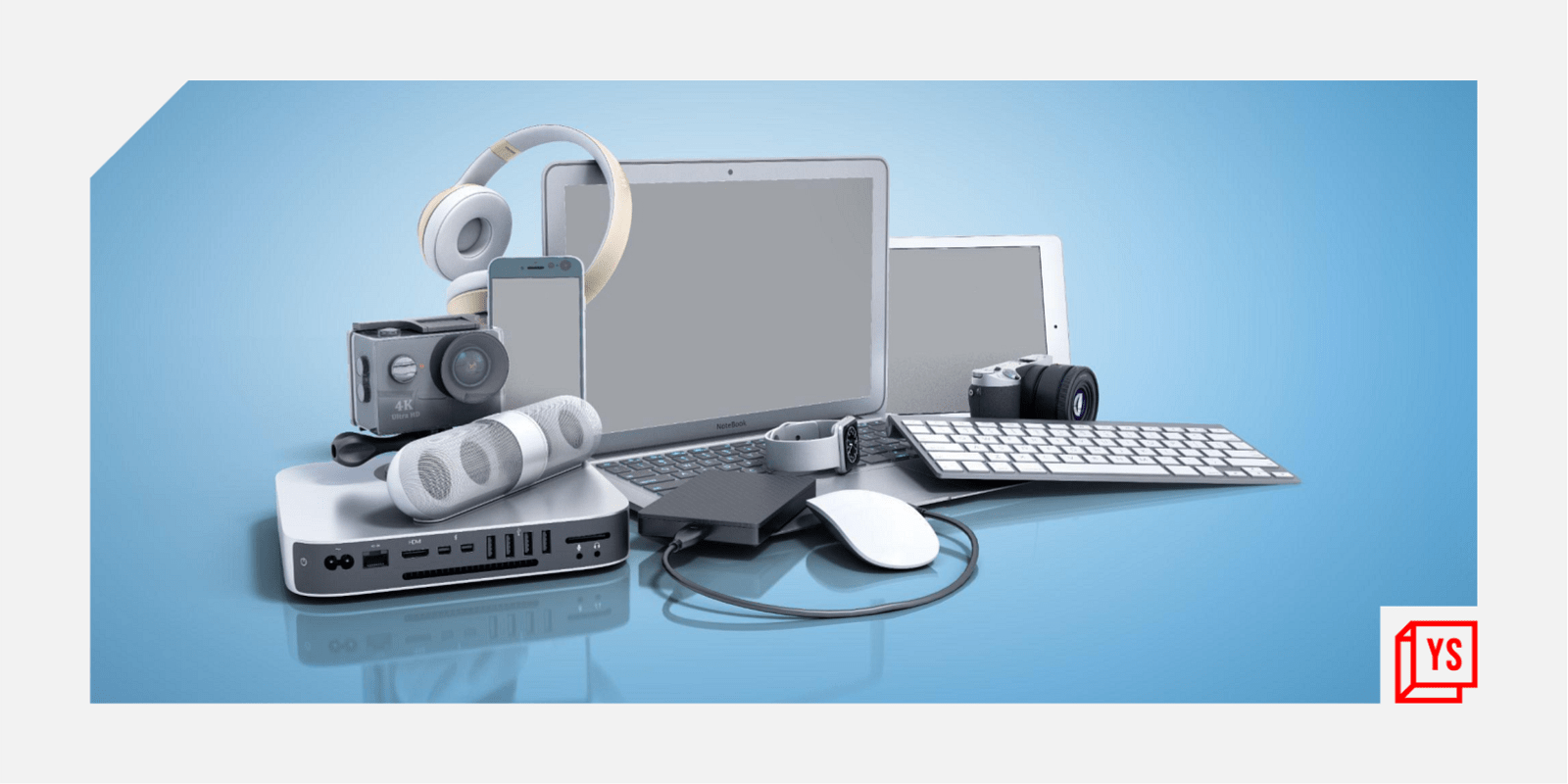Prior to the COVID-19 outbreak, most individuals spent most of their days outside the home. The new-age consumer of home appliances would spend time at university, office, restaurants, etc, leading active lifestyles.
However, COVID-19 led to a paradigm shift in consumer lifestyles. Overnight, our lives became centred on the home.
This has led to a massive change in consumer behaviour across the country. The interesting part? These behavioural changes are irreversible. The pandemic has accelerated the adoption of technology among users in their everyday lives – and there is no going back.
The impact of shifting consumer sensibilities is being felt across industries, including home appliances and mattresses, as a greater percentage of consumers spends a large chunk of their time at home.
The Indian appliance and consumer electronics market is worth $10.93 billion right now. With a massive shift in consumer behaviour, the industry is expected to grow at a CAGR of 11 percent. With major companies and organisations accepting work from home, an increase in demand for air conditioners, water purifiers, mattresses, and other consumer goods that make people feel more comfortable and efficient is pretty obvious.
India to lead global household appliance market
When it comes to information technology, India is considered the world’s second most economic and efficient talent market after China. With a majority of foreign players outsourcing their jobs to Indian markets, the work-from-home culture is going to stay for long.
Moreover, Indian companies, both new and established, are looking at a continued hybrid model of working. This is a huge opportunity for the Indian consumer appliance and wellness market.
The consumer goods ecosystem in India was growing even before the pandemic hit. The pandemic has accelerated growth even further.
And with most the consumer brands seeking local manufacturing to enjoy the benefits of the Make in India initiative, domestic manufacturing industries are going to see a massive inflow of capital. Be it MSMEs or big players, this trend in consumer behaviour is a win-win situation for the whole ecosystem.
The country’s demand for home appliances has skyrocketed in the past few months, with a considerable spike in demand for consumer appliances. There has been a steady rise in the demand for home automation goods in the Tier 3 and beyond sectors, which now account for about half of the total demand.
From smart water dispensers that inform users about the quality of water and the number of litres used every day to mattresses that provide long, uninterrupted sleep, consumers want it all and more.
Increased technology adoption, the growing remote working trend, increased awareness of health and wellness – all these factors undeniably overlap. More people are relying on technology to keep connected in a society that is more separated from one another.
Work, leisure, and social contact are becoming more intertwined as more people use digital technologies. Even after COVID-19 is over, these trends are here to stay.
Digital adoption, value-based shopping, and enhanced health awareness are all examples of changes that are likely to stick around longer since they are based on convenience and wellbeing.
Consumers are actively looking for products that make their lives simpler and lifestyles healthier. Companies may leverage these trends to create new, modular, granular, and value-based goods to fulfil the demands of their customers. Be it either the consumer appliance industry, health and wellness industry, or any other industry, industries must be aware of their customers’ preferences and adjust appropriately to remain relevant.
(Disclaimer: The views and opinions expressed in this article are those of the author and do not necessarily reflect the views of YS.)










